The Ultimate Guide To Lettuce Planting Companions
The Ultimate Guide to Lettuce Planting Companions
Lettuce is a cool-season crop that is relatively easy to grow. However, there are a few things you can do to improve your chances of success, one of which is to plant it with the right companion plants.
Companion planting is the practice of planting certain plants together for their beneficial effects on each other. Some companion plants can help to deter pests, attract beneficial insects, or improve the soil quality.
In this guide, we will discuss some of the best companion plants for lettuce. We will also provide some tips on how to plant them together and what to avoid.
Benefits of Companion Planting
There are many benefits to companion planting, including:
- Deterrent to pests and diseases. Some companion plants can help to repel pests and diseases that are common to lettuce, such as aphids, slugs, and cabbage moths.
- Attraction of beneficial insects. Other companion plants can attract beneficial insects, such as ladybugs and lacewings, which prey on pests.
- Improvement of soil quality. Some companion plants can help to improve the soil quality by adding nutrients, breaking up compacted soil, or attracting earthworms.
- Increased yields. Companion planting can help to increase the yields of your lettuce crop by providing it with the nutrients and support it needs to thrive.
Best Companion Plants for Lettuce
Here are some of the best companion plants for lettuce:
- Carrots: Carrots and lettuce are both cool-season crops that have shallow root systems. They can be planted close together without competing for resources. Carrots can also help to improve the soil quality by breaking up compacted soil.

- Herbs: Herbs such as chives, garlic, and mint can help to repel pests that are common to lettuce. They can also add flavor and interest to your salads.
- Marigolds: Marigolds are another great companion plant for lettuce. They are known to repel nematodes, which are microscopic worms that can damage lettuce roots.

- Peas: Peas are nitrogen-fixing plants, which means they can add nitrogen to the soil. This is beneficial for lettuce, which requires a lot of nitrogen to grow well.
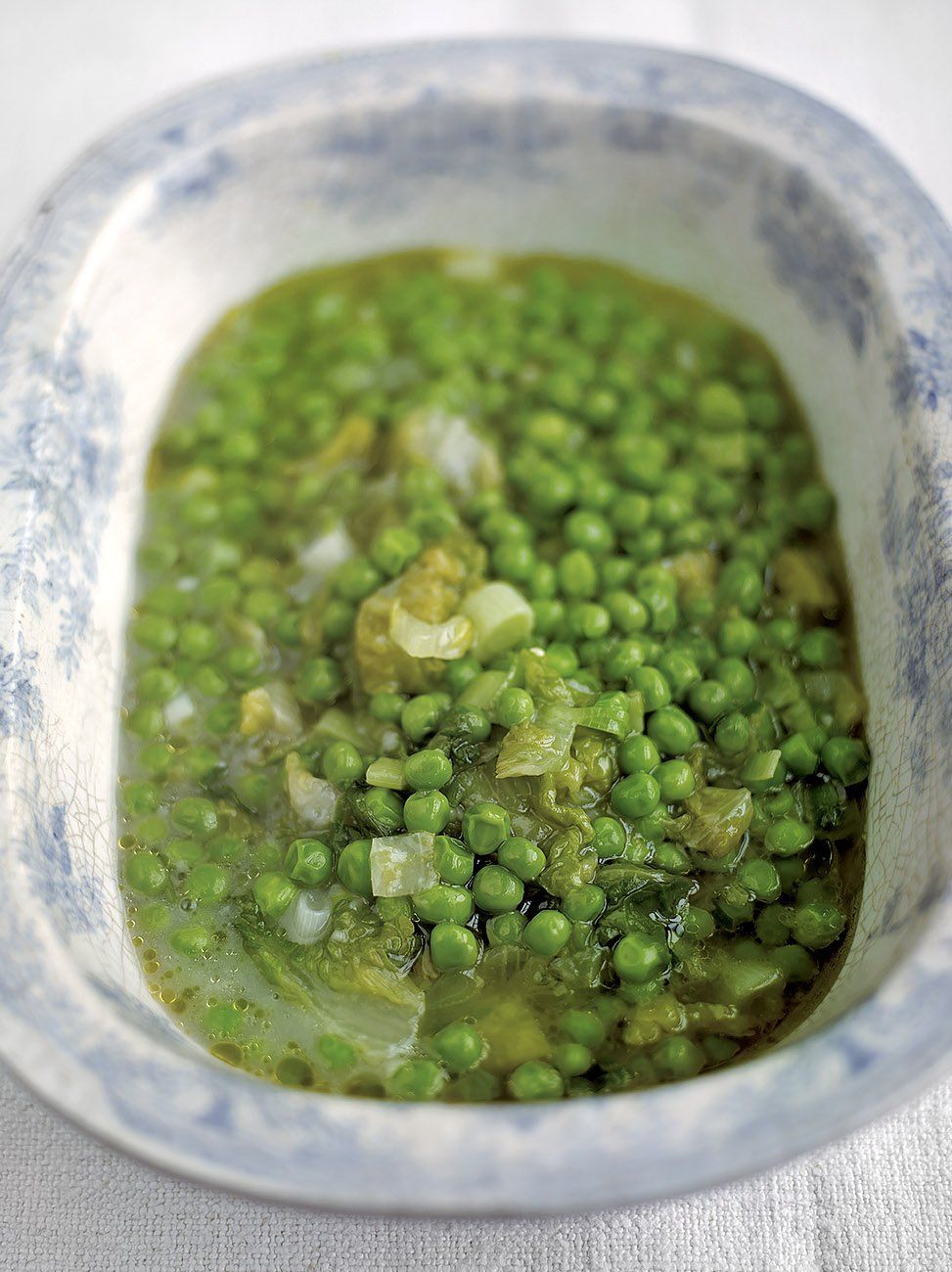
- Spinach: Spinach and lettuce are both cool-season crops that can be planted together. They have similar growing requirements and can help to shade each other from the hot sun.
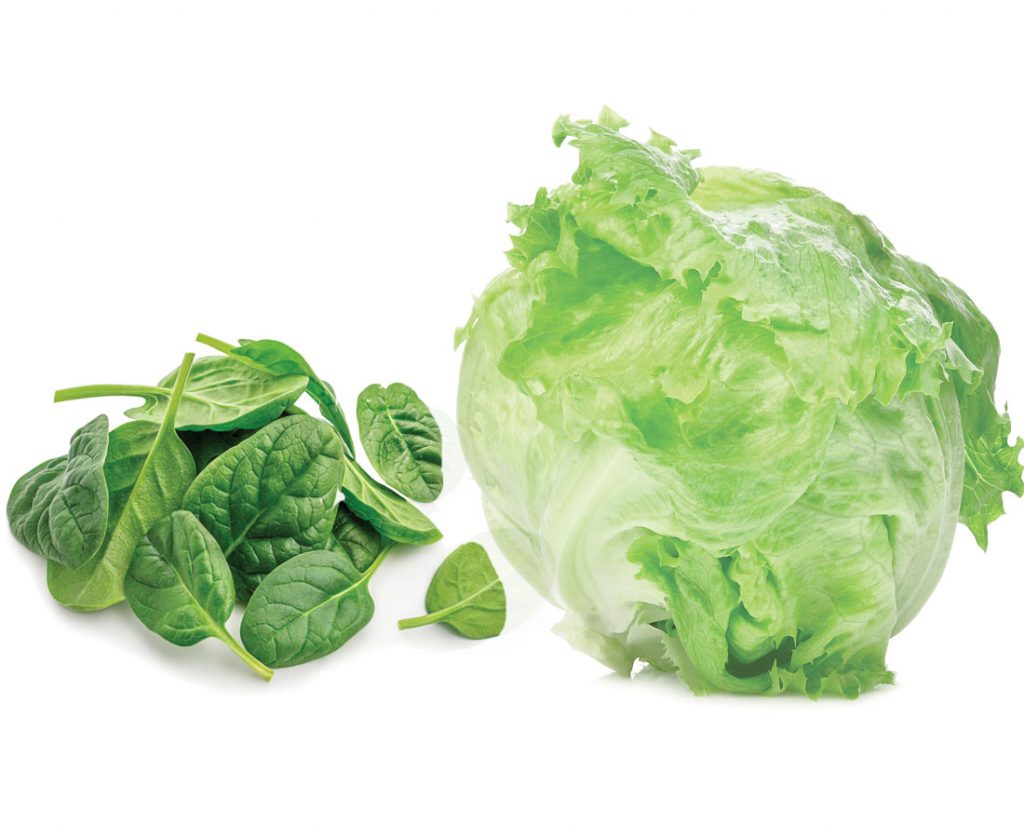
What to Avoid Planting Next to Lettuce
There are a few plants that you should avoid planting next to lettuce, including:
- Brassicas: Brassicas, such as broccoli, cabbage, and kale, are susceptible to the same pests and diseases as lettuce. Planting them together can increase the risk of spreading pests and diseases.
- Tomatoes: Tomatoes and lettuce have different water requirements. Tomatoes need more water than lettuce, and planting them together can lead to lettuce wilting.
- Potatoes: Potatoes and lettuce are both susceptible to the same pests and diseases, such as potato blight. Planting them together can increase the risk of spreading these diseases.
How to Plant Lettuce with Companion Plants
When planting lettuce with companion plants, it is important to consider the size and growth habits of the plants. For example, tall plants, such as sunflowers, should be planted behind shorter plants, such as lettuce. This will help to prevent the taller plants from shading the smaller plants.
It is also important to space the plants properly. Lettuce plants should be spaced about 6 inches apart. If you are planting companion plants that need more space, such as carrots or tomatoes, you will need to space them accordingly.
Conclusion
Companion planting is a great way to improve the health and productivity of your lettuce crop. By planting lettuce with the right companion plants, you can deter pests, attract beneficial insects, and improve the soil quality.
By following the tips in this guide, you can plant a successful lettuce crop that will provide you with fresh, healthy greens all season long.
Lettuce is a cool-season crop that is easy to grow in most gardens. But did you know that there are certain plants that can help your lettuce grow even better? These are called companion plants, and they can provide a number of benefits to your lettuce crop, such as:
- Attracting beneficial insects: Some companion plants, such as marigolds and nasturtiums, attract beneficial insects that help to control pests. This can help to keep your lettuce free of aphids, slugs, and other pests.
- Improving soil quality: Other companion plants, such as carrots and onions, can help to improve the soil quality around your lettuce plants. This can make the soil more fertile and well-drained, which can lead to healthier and more productive lettuce plants.
- Shading your lettuce: If you live in a hot climate, you may want to consider planting some companion plants that can provide shade for your lettuce plants. This can help to keep your lettuce cool and prevent it from bolting (producing flowers and seeds prematurely).
If you're interested in learning more about lettuce planting companions, I recommend visiting Gardenia Inspiration. This website has a wealth of information on the topic, including a list of the best companion plants for lettuce, as well as tips on how to plant and care for your lettuce crop.
FAQ of lettuce planting companions
Question 1: What are good companion plants for lettuce?
Answer: Some of the best companion plants for lettuce include:
- Carrots: Carrots help to loosen the soil and attract beneficial insects, such as ladybugs and lacewings, which eat aphids.
- Herbs: Herbs such as dill, chives, and garlic help to deter pests, such as aphids and slugs.
- Marigolds: Marigolds help to repel pests and attract beneficial insects.
- Peas: Peas help to fix nitrogen in the soil, which is beneficial for lettuce.
- Spinach: Spinach helps to shade lettuce from the hot sun.
Question 2: What are some plants that should not be planted near lettuce?
Answer: Some plants that should not be planted near lettuce include:
- Brassicas: Brassicas, such as broccoli, cabbage, and cauliflower, can attract pests that also target lettuce.
- Fennel: Fennel can inhibit the growth of lettuce.
- Parsley: Parsley can compete with lettuce for nutrients and water.
- Tomatoes: Tomatoes can attract pests that also target lettuce.
- Potatoes: Potatoes can harbor pests and diseases that can also affect lettuce.
Question 3: How can companion planting help to improve the growth of lettuce?
Answer: Companion planting can help to improve the growth of lettuce in a number of ways. For example, companion plants can:
- Attract beneficial insects: Beneficial insects, such as ladybugs and lacewings, help to control pests that can damage lettuce. Companion plants that attract beneficial insects include marigolds, dill, and chives.
- Provide shade: Lettuce can be susceptible to the hot sun, so companion plants that provide shade, such as spinach or arugula, can help to protect it from heat damage.
- Improve soil quality: Companion plants can help to improve soil quality by adding nutrients, breaking up compacted soil, and suppressing weeds.
- Deter pests: Companion plants that release certain chemicals can deter pests from attacking lettuce. For example, marigolds release a chemical that repels nematodes, which can damage lettuce roots.
Question 4: What are some tips for planting lettuce with companion plants?
Answer: Here are some tips for planting lettuce with companion plants:
- Choose the right companion plants: Not all companion plants are compatible with lettuce. Be sure to do your research and choose companion plants that will benefit each other.
- Plant companion plants in the right location: Companion plants should be planted in the right location to maximize their benefits. For example, shade-loving companion plants should be planted near lettuce that is susceptible to the hot sun.
- Space companion plants appropriately: Companion plants should be spaced appropriately to allow each plant to grow and thrive.
- Water and fertilize companion plants regularly: Companion plants should be watered and fertilized regularly, just like lettuce.
Question 5: What are some common mistakes to avoid when planting lettuce with companion plants?
Answer: Here are some common mistakes to avoid when planting lettuce with companion plants:
- Planting incompatible companion plants: Not all companion plants are compatible with lettuce. Be sure to do your research and choose companion plants that will benefit each other.
- Planting companion plants too close together: Companion plants should be spaced appropriately to allow each plant to grow and thrive.
- Not watering and fertilizing companion plants regularly: Companion plants should be watered and fertilized regularly, just like lettuce.
- Not harvesting companion plants when they are ready: Companion plants should be harvested when they are ready to use. This will help to prevent them from competing with lettuce for nutrients and water.
Image of lettuce planting companions
- Carrots. Carrots help to repel pests like carrot flies and root maggots, which can be a problem for lettuce plants.
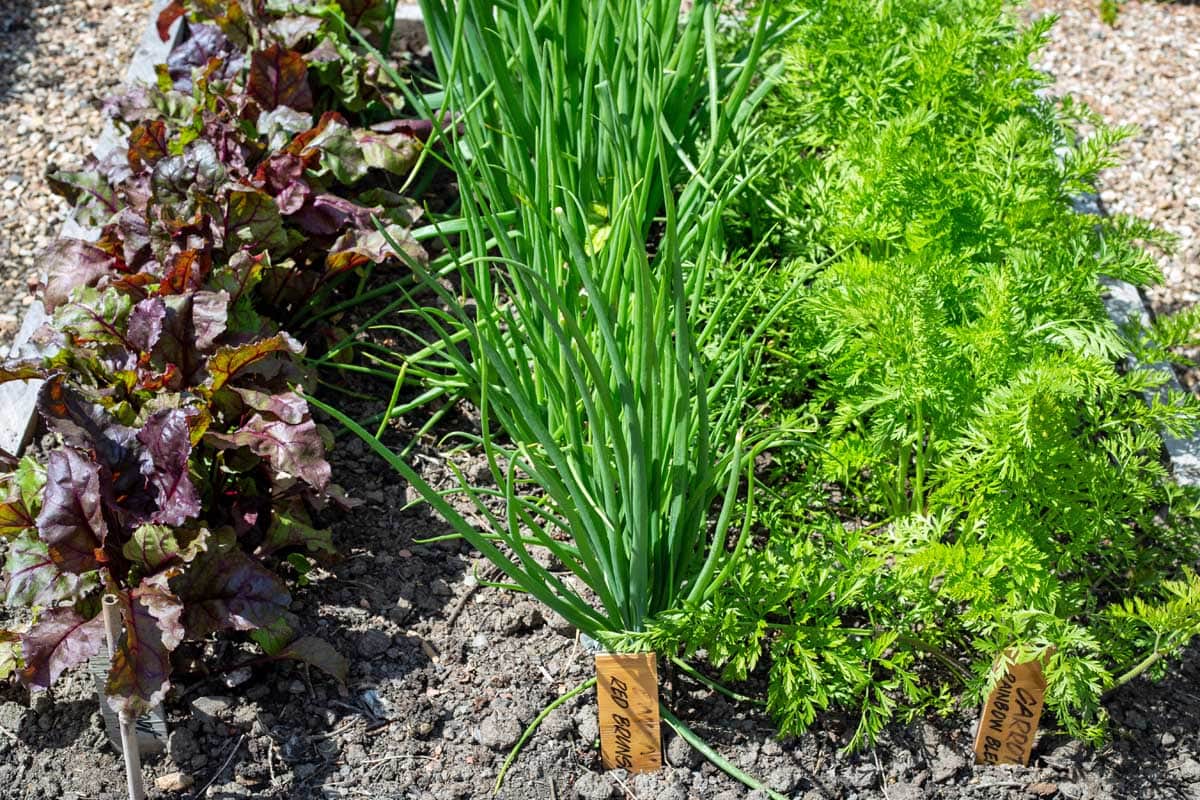
- Cucumbers. Cucumbers help to attract pollinators, which can help to improve the yield of lettuce plants.

- Herbs. Many herbs, such as basil, chives, and mint, can help to deter pests from lettuce plants.
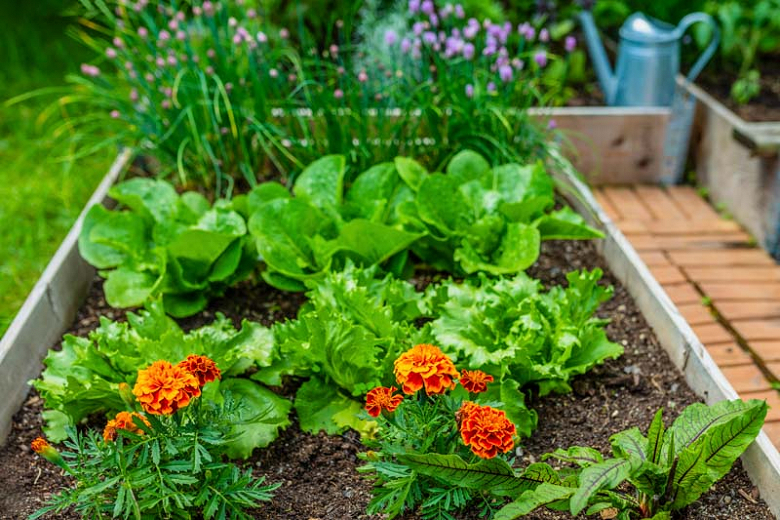
- Marigolds. Marigolds are known for their insect-repelling properties, and they can help to protect lettuce plants from a variety of pests.

- Peas. Peas help to improve the nitrogen levels in the soil, which can benefit lettuce plants.
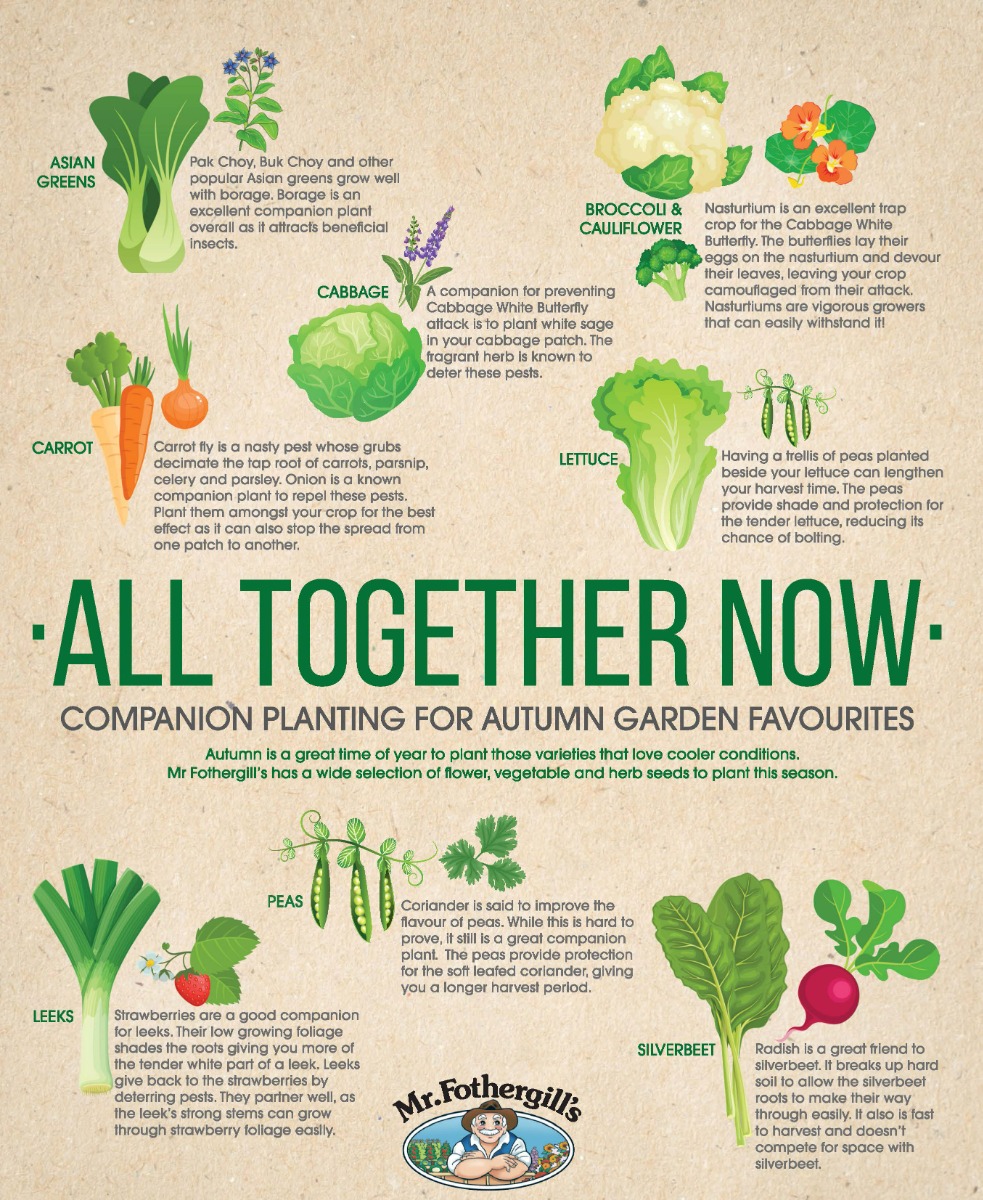
Post a Comment for "The Ultimate Guide To Lettuce Planting Companions"